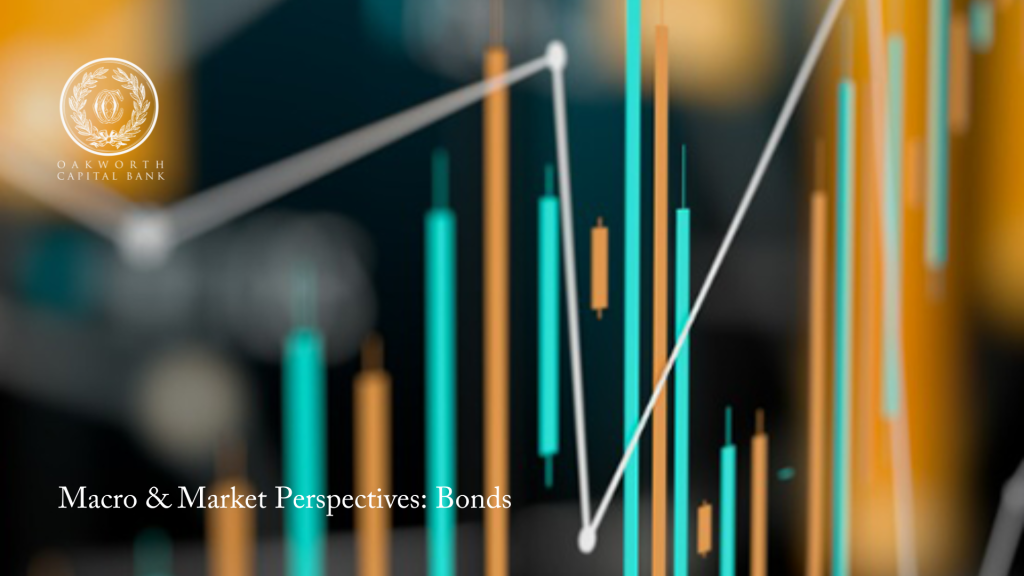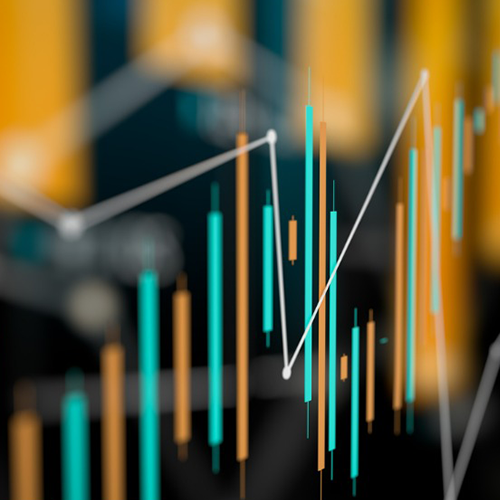
As echoed elsewhere in this edition of our Quarterly Outlook and Overview, 2022 is thankfully over, as it was a year bond investors would like to forget. Should history bear any indication of future results (which we know it does not always, but it is a good starting point), when stocks are down investors typically reallocate to bonds.
Unfortunately, that did not prove true in 2022, as both stocks and bonds suffered double-digit losses. To that end, the Bloomberg Barclays Aggregate Bond Index (colloquially coined “the Agg”) experienced its worst year on record, for a full calendar year, dating back to its inception in 1976.
Just for fun, and to add a bit of color, that same year saw the official incorporation of both Apple Computer Company as well as Microsoft – on top of Jimmy Carter’s already surprising defeat of incumbent Gerald Ford for the Oval Office. Yeah, that was quite some time ago.
In fact, for reference (and kicks and gigs), the second worst year for the Agg was 1994 – when it posted a mere (-2.90%) – a far cry from this year’s collapse of just over (-13.00%) – highlighting just how poor 2022 truly was.
With that out of the way, the 4th quarter of 2022 provided some optimism (and support) for equity and bond investors alike — a stark difference when compared to the first three quarters of the historically abysmal year. In the 4th quarter, nine of the 11 equity economic sectors finished higher, though only two finished in the green for the year.
Similarly, the different bond sectors fared starkly different in their own regard, with the lower credit quality sectors outperforming the higher quality ones. Keep in mind that lower credit quality only means “inherently riskier” due mostly to their implied interest rate risk against the backdrop of a rising rate environment. This is evident by the S&P 500 Investment Grade Corporate Bond Index returning 3.44% for the 4th quarter relative to the Bloomberg U.S. Corporate High Yield Bond Index returning 4.18% over that same time period. When looking at the entirety of the year 2022, the Investment Grade Index gave back (-15.18%) while the High Yield Index gave back “only” (-11.23%).
Furthermore, shorter-dated bonds (lower duration) fared better (in fact, best) in 2022. The iShares Short Treasury Bond ExchangeTraded Fund (ticker: SHV) returned 0.94% in 2022. Similarly, the SPDR Bloomberg Investment Grade Floating Rate ExchangeTraded Fund (ticker: FLRN) returned 1.26% over the same time, with this index almost exclusively comprised of “floating rate” or “variable rate” debt.

Bond yields, largely across the board, fell in the final month of trading for the year. This precipitous fall in yields was driven by the rise in bond prices – as investors clamored to fixed income following a slew of worrying (or weakening) economic data. When bond prices rise, bond yields fall. This isn’t a bad thing – it’s just the math behind the madness. Still, higher yields have greatly reduced duration risk, the risk a bond’s price will fall with rates rising, which coincides with a slowdown in economic growth – thus allowing bonds to become less risky, while equities remain particularly volatile.

What does this all mean? Well, it means that in 2022 bond investors were not too terribly worried about a looming recession. Instead, investors seemed mostly bothered around the threat of deteriorating credit quality, driven by the higher interest rate environment. Of course, to define this, and not to beat a horse dead, this elevates the cost of capital for companies – in addition to debt servicing – thus increasing aggregate expenditures, potentially derailing bottom-line profitability. Perhaps this is a contraindication for a recession here now in 2023 – a proverbial canary in the coal mine, though that has a lot more to do with the underlying economic conditions ahead (and not the face value, or coupon, of a tradeable debt instrument).
We would be remiss not to address monetary policy and its impact on bonds in both the final chapter of 2022 and entering 2023, so here it is. As inflation in 2022 reached levels not seen in 40 years, the Federal Reserve instigated a series of rate hikes to their overnight lending target rate that was the most aggressive in decades – raising the Fed Funds Target Rate seven times. While aggressive by historical measure, the Fed still is not done – and the Central Bank will continue its attempt at a soft landing into 2023 – with intentions to squash inflation in order to maintain price stability.
Looking to what the treasury market is telling us (or pricing), we stand to gain at least an additional 50 basis points before reaching the “terminal” overnight lending rate of 5.00%. From here, there is some deviation between what the market is pricing and that which spills from the mouths of each Fed Governor, though an additional 25 basis points could be added should the underlying economic data not further deteriorate. Obviously, this does not account for the possibility of economic conditions improving, and the effects on monetary policy thereafter, though that currently remains an unlikely scenario given the lagging nature around rate increases and their impact on the overall economy.

Nonetheless, as we begin 2023, the market is still pricing an overnight lending target rate cut sometime in the 3rd quarter of this nascent year. This tells us that the powers that be (the investors and market makers participating in current market activities) are telegraphing the economic data should deteriorate further to the point of the Federal Reserve having to backtrack its initial goal – and, yet again, assume a position of quantitative easing, also known as the “loosening” of more restrictive (by recent historical standards) monetary policy. With this said, though, should 2022 serve as any indication – our Central Bank is able to drastically change course so far as its stance on monetary policy. This was made most clear by Fed Chairman Powell going from “We’re not even thinking about thinking about raising rates” to the most aggressive tightening policy in nearly a half-century.
But what does this mean for bonds? Not the economy. Not equities – but bonds. Perhaps, at long last, the easy money will be made in bonds in 2023. The treasury market, specifically, enters 2023 as a place that provides investors the ability to hide in a traditional safe haven asset while also reaping the benefit from the generation of some kind of absolute return – for the first time in decades. This is especially true at the shorter yield of the curve. Bonds remain the natural asset at this point in both the economic and market cycle. Thus, this gives other fixed-income instruments the ability to provide a risk premium in excess of the underlying benchmark treasury. In 2023, given the market’s pricing of a rate cut, there exists the possibility for sharp declines in yields, as the resulting effects of juicy coupons and a “revival” in safe-haven demand drive prices higher, and, as a result, yields lower. In essence, bonds very well may have the edge over equities in the near term due to their limited downside risk from here – especially ahead of potential sluggish growth, or even a recession.



